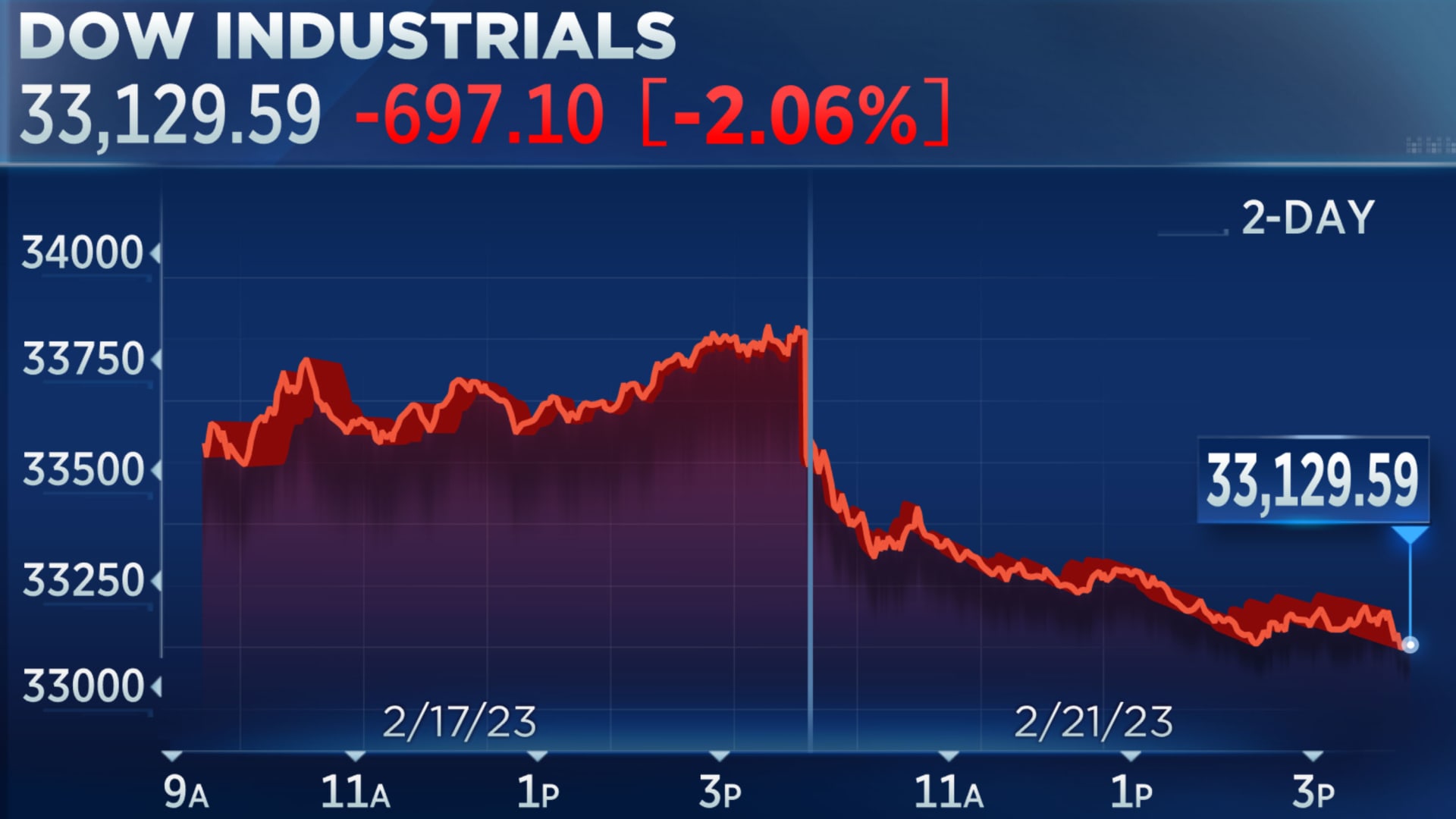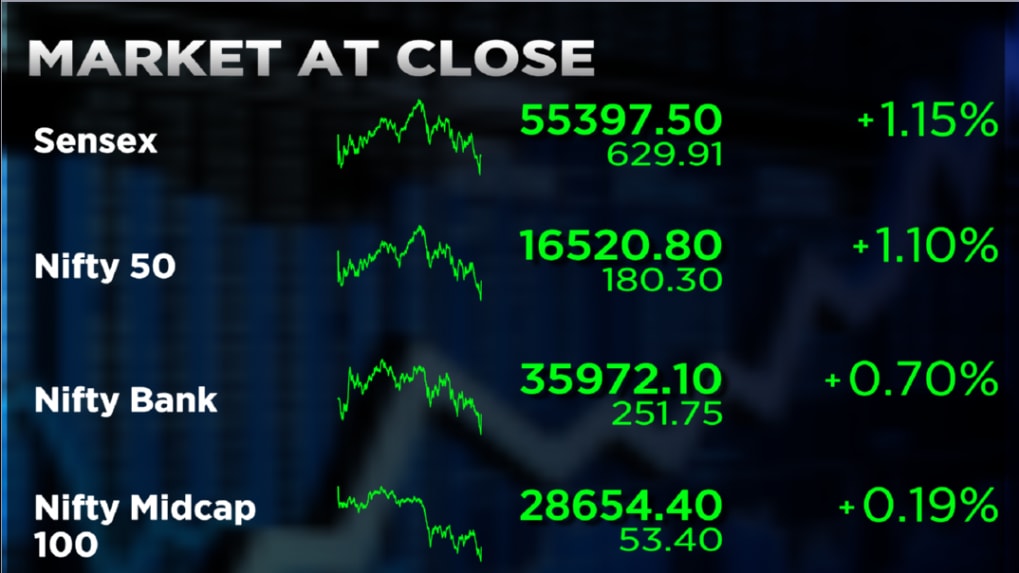International activities are going areas faster than ever, and the data tells the story. Investors are tracking geopolitics, inflation, energy rates, and central bank conclusions to know why indices move within hours online trading platform.This photo stops working the many significant individuals correct now and how they are filter through equities, industries, and sentiment.

Financial signs stay the first flashpoint. When inflation images can be found in over expectations, areas usually react within minutes. A 0.2–0.3% shock to the upside in monthly inflation has traditionally pushed produces larger and considered on development shares, while price and dividend payers see relative support. However, softer inflation and cooling wage growth often lift risk appetite, with computer and consumer discretionary major gains. Follow-through depends on how main banks react at the next meeting—guidance that signals a longer hold on prices an average of tempers rallies.
Power areas are the second important pressure valve. A 5– 10% weekly spike in gross oil prices has correlated with declines in transportation and flight gives, while energy companies and companies names frequently see short-term outperformance. Higher gas and logistics expenses can shrink edges across suppliers and producers, prompting analysts to cut earnings estimates. If energy strength persists beyond a fraction, inflation expectations can re-accelerate, reviving rate-hike bets and adding an additional layer of volatility.
Geopolitical developments continue steadily to present headline risk. Escalations that disturb industry routes or critical commodities, actually for a few times, have activated shifts into observed havens like tools and short-duration bonds. Equity futures an average of gap on the first headline, then recalibrate as facts emerge. Areas often price extended tensions with bigger credit develops, weaker small-cap performance, and a tip toward companies with powerful balance sheets and global present chain redundancy.
Currency actions amplify these effects. A stronger domestic currency can force multinational revenue when foreign income are translated back, while importers benefit from decrease insight costs. Quick 1–2% day-to-day shifts in key currency pairs have coincided with improved equity volatility; organizations with organic hedges and pricing energy tend to hold up better.
Earnings period turns these macro shocks into numbers. Search for improvements in advice language: describes of logistics expenses, charge sensitivity, and FX headwinds have improved in recent quarters. Overcome prices frequently remain solid, but a higher reveal of companies information cautiously when uncertainty rises, which can consider on multiples even when results exceed expectations.

For investors, three practical steps support manage that setting: build cases tied to key indications (inflation styles, policy meetings, power moves), diversify across facets as opposed to only industries, and track high-frequency data—delivery charges, gasoline advances, and jobless claims—to validate market narratives. Keeping data-driven, flexible, and disciplined can change international volatility from a risk into an edge.
